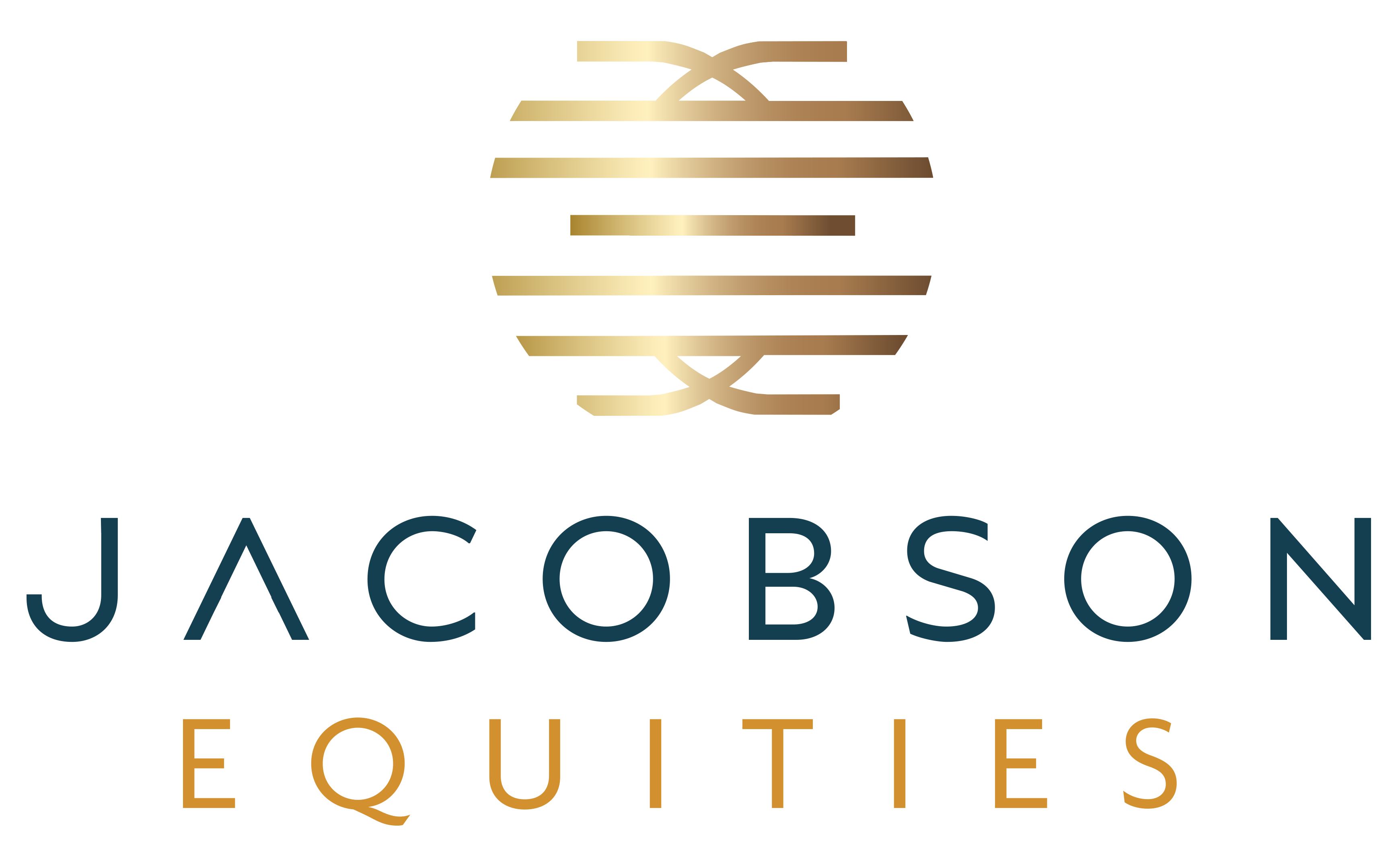Developing a hold strategy for multifamily real estate can be daunting for investors.
Commercial real estate is not like the stock market, where you tend to evaluate your earnings and losses and make strategic decisions daily. Rather, multifamily – and really, any kind of real estate investment – requires a more measured approach, if you’re doing it right.
At The Jacobson Company, we are multifamily investors in our second generation of family leadership. We have served investors for more than six decades and have owned some of the properties in our portfolio since our firm’s inception. Here are some of the reasons we believe a long-term hold strategy produces better outcomes for our investors.
The value of multifamily real estate tends to increase.
Real estate assets, especially multifamily communities, have a history of appreciating in value over time. According to Green Street, property values among commercial real estate across the board have increased 21% from a year ago. To get even more granular, Yield Pro and Real Capital Analytics report that multifamily prices increased 23.2% year-over-year in February and 1.7% from the month before.
Moreover, demand for multifamily assets is rising as the sector experiences ongoing supply constraints amidst a long-legged housing shortage, materials scarcity, and elevated construction costs. All these factors – which are likely to be with us for quite some time – are driving up pricing for these properties.
Given these facts, the longer an investor keeps a performing apartment community in their portfolio, the higher the potential yield upon sale. Therefore, we are strong proponents of a long-term hold strategy when it comes to multifamily real estate.
Commercial property investments can serve as a hedge against inflation.
We are currently in a highly inflationary environment. By investing in real estate for the long term, investors can leverage inflation by placing capital in an appreciating asset, as well as benefit from rising rental rates. Physical properties like real estate typically perform independent of the stock market and offer certain tax benefits that other investments can’t.
While the inflation we’re experiencing today is predicted to be transitory and likely to calm down within the next year or so, real estate pricing and rental rates rarely decrease. This means that multifamily investors can capitalize on the rising value of their apartment communities and increased cash flow from rental income even after inflation subsides.
These reasons further highlight the wisdom of a long-term hold strategy for commercial real estate assets.
Real estate—particularly multifamily assets—produces stable and continuous cash flow for investors.
Demand for apartment properties is increasing and supply is low, which is placing upward pressure on rents and leasing activity.
Well-located multifamily communities tend to provide steady returns to investors on an ongoing basis. This is one of the reasons for this sector’s long-standing popularity among real estate investors, and it’s a great way to diversify from stocks and other more volatile assets.
Because of its comparative reliability, investing in multifamily real estate with a seasoned and trusted sponsor with a long-term hold strategy like ours can offer investors stable passive income well into the future.
Investors are increasingly attracted to multifamily investments with a long-term hold strategy. Because the value of apartment communities tends to appreciate over time, multifamily communities serve as a hedge against inflation, and these assets produce stable and continuous cash flow, a long-term hold strategy in this sector can help drive investors closer to reaching their financial objectives.


